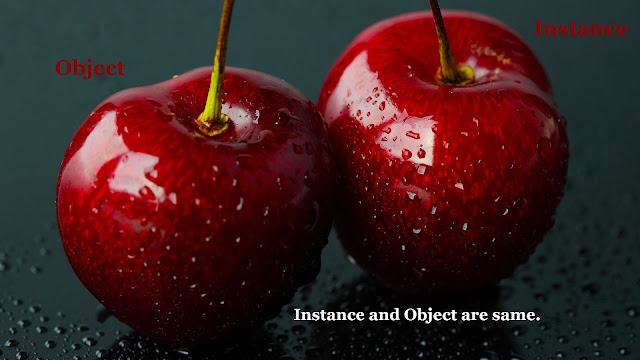Difference between class object and class instance in java
The new operator instantiates a class by allocating memory for a new object and returning a reference to that memory. The phrase "instantiating a class" means the same thing as "creating an object." When you create an object, you are creating an "instance" of a class, therefore "instantiating" a class.
 |
| Difference between object and instance in Java |
It is obvious to get confused by the words class object and class instance. A class is a template for an object and an object is an instance of a class. To make it clear, we can also say that the instance of a class is object.
There is no need of differentiating the words object and instance as both doesn’t make any difference when is used interchangeably.
For Example:
class Animal
Object of class Animal and instance of class Animal are same. When you create an instance of the class animal, the instance is an object and the type of that object is “class Animal”.